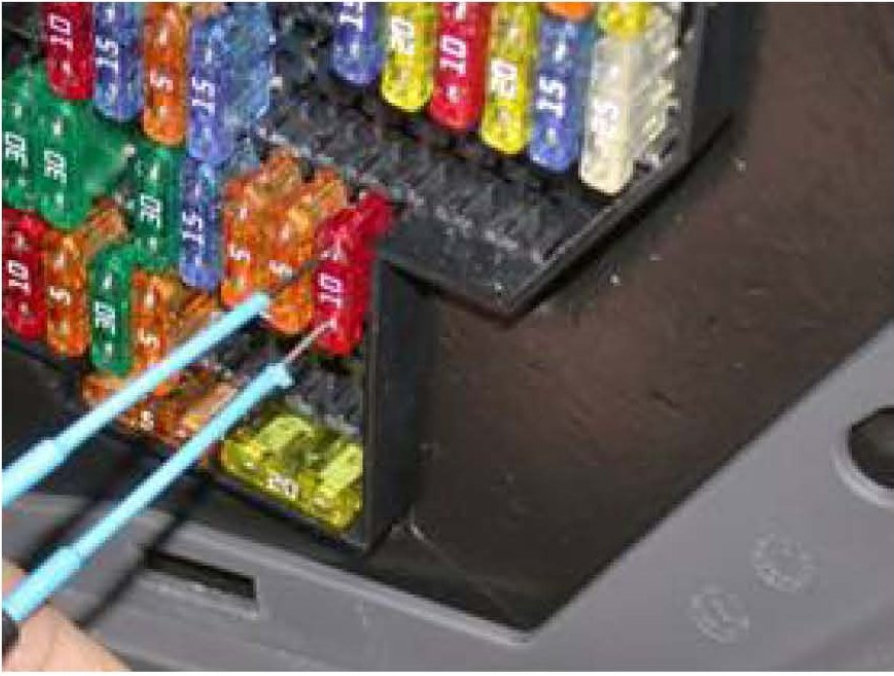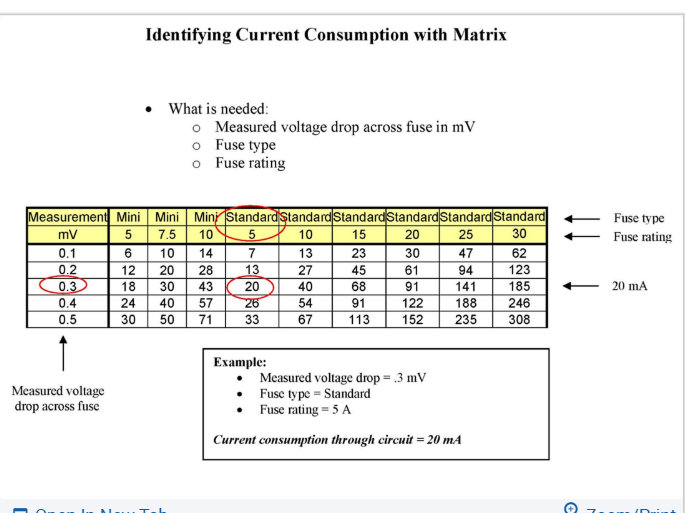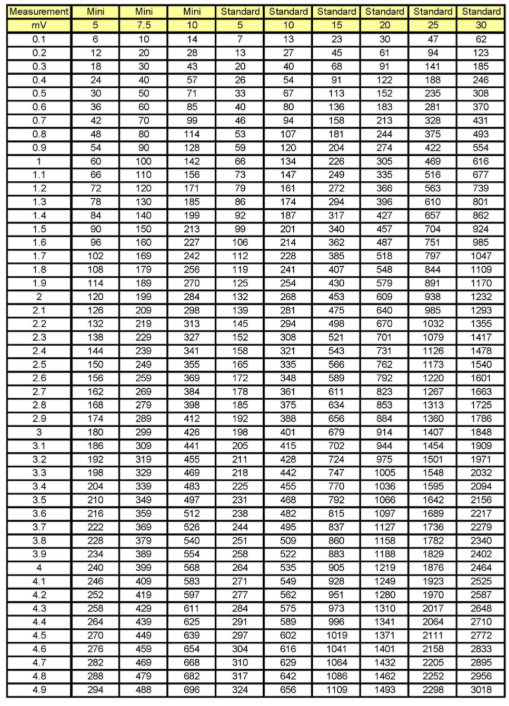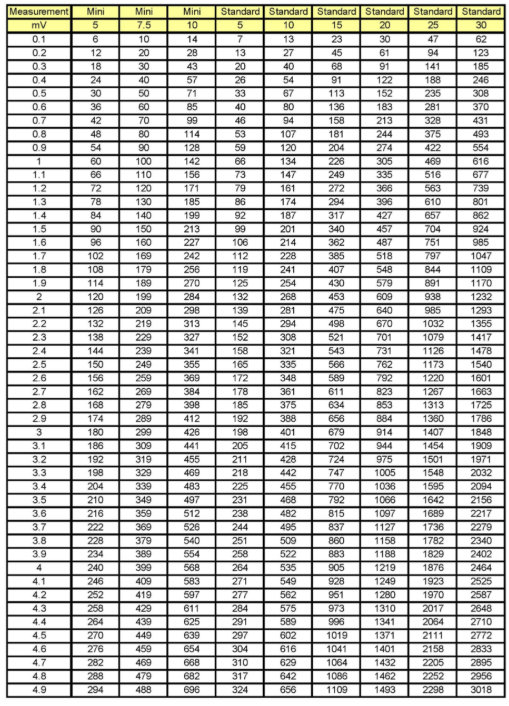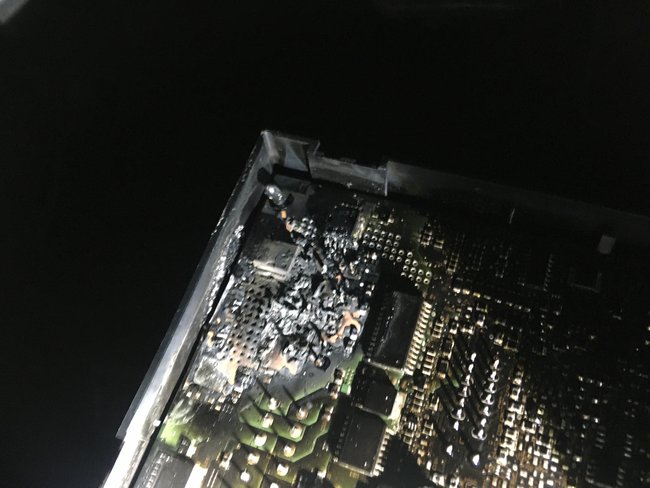Hi,
First, are you sure the battery is good and the terminals are clean and tight? Have you checked the main grounds from the battery to the engine block and body? Does anything work on the vehicle?
I know there was a technical service bulletin (TSB) put out regarding battery draw issues. Here it is. Take a look through it to see if it helps. Also, the attached pictures correlate with the directions.
________________________________
2008 Volkswagen Jetta Sedan (1K2) L5-2.5L (CBUA)
Battery - Current Draw Information
Vehicle Battery - Current Draw Information
BATTERY - CURRENT DRAW INFORMATION
27 07 11
October 2, 2007
2016076, Supersedes Technical Bulletin Group 27 number 07-10 dated September 18, 2007 due to clarification
pic 1
Vehicle Information
Condition
Battery, Discharged, Diagnosis for Excessive Static Current Draw
Technical Background
One or more of the following symptoms is possible.
Discharged battery
Engine does not start because of low battery voltage
Voltage display in the combination instrument displays too low
"Low battery" fault codes in various control modules.
Production Solution
Battery/ Current draw procedure introduced in VAS 5051A/B scan tool with the release of software version 11.78.00.
Service
Tip:
Refer to ElsaWeb for other Technical Bulletins that apply to specific vehicles with discharged batteries. These Technical Bulletins provide information about intermittent faults and correct battery testing /charging procedures.
Note:
Perform ALL STEPS, to systematically test for faults and to avoid repeat repairs.
Note:
The power supply to vehicle must not be cut off. DO NOT perform terminal 30 reset. DO NOT remove or disconnect battery, battery cables or fuses.
Check the fault memory.
Compare control units on the fault memory print-out with vehicle equipment (PR numbers). Are all necessary control units listed on the print-out? Any control units not listed may be faulty and could be indications for the further fault finding.
Check which non-genuine parts are installed, e.G. Tow bar, animal protection, radio, DVD, etc. If an increased closed-circuit current is found, check these components first.
Step 1: Verify Battery Condition
1. Connect Midtronics INC-940 to battery
2. Check and/or charge battery based on applicable Technical Bulletin
3. If INC-940 test fails battery, replace battery before continuing
Step 2: Verify Sleep State Current
1. Connect 50 amp current clamp to VAS 5051A/B
2. Calibrate the current clamp
3. Connect current clamp to negative battery cable with arrow pointing away from battery.
Tip:
Current flows out of the battery to the chassis of the vehicle
4. Close all doors, trunk, or hood latch so vehicle control units detect all doors closed
5. Arm vehicle anti-theft system with remote
Tip:
If vehicle has easy entry handles then it is necessary to keep clear of all handles to avoid bus communication/wakeup message.
On vehicles equipped with air suspension, after engine is turned off, the system will stay in standby for up to five minutes
pic 2
6. Observe sleep state current draw after vehicle is left untouched for TWO HOURS.
7. If after two hours the vehicle exceeds maximum sleep state current draw, proceed to Step 3: Consuming Circuit Isolation. If vehicle does not exceed maximum sleep state current draw, perform a long term (overnight)
measurement test. Record the long term measurement using MIN/MAX setting of scan tool.
Excessive current = Measured current > nominal sleep current
Tip:
Periodic spikes in current draw are normal
Step 3: Consuming Circuit Isolation
Tip:
Due to the state of the CAN Bus communications in the vehicle, it is no longer acceptable to pull each individual fuse one at a time to try and identify which circuit is consuming current. Removal/ reinsertion of a fuse while vehicle is in a sleep state may wake the bus of the vehicle, and invalidate the test. Identifying "consuming" circuits must be done by measuring a voltage drop across fuse and aligning with the value in matrix located at end of this document.
Starting at interior fuse boxes, perform the following tasks:
Tip:
Use VAS 5051A/B multimeter function, Fluke 83 multimeter, or equivalent.
Pic 3
Use "mV" scale on meter
Measure voltage drop across fuse by placing the positive lead on one side of the fuse and negative lead on other side.
Take absolute value of reading of voltage drop (ignore negative signs) and then reference voltage drop chart to determine how much current the circuit is currently consuming. See Identifying Current Consumption
with Matrix attachment.
Check all fuses until fuse with approximate excessive current draw is identified
Tip:
Excessive current = Measured current > nominal sleep current
Identification of component:
1. Once fused circuit is identified, use service repair and wiring diagram information in ElsaWeb to identify all components on circuit
2. Disconnect components from the circuit one by one and allow sleep current to stabilize after each elimination.
3. Measure vehicle current consumption and voltage drop across fuse once again. If within normal range, as specified in the table (see Current Consumption Matrix attachment), the component with excessive consumption is identified.
4. Repeat steps above until component is identified causing excessive current draw.
Warranty
Information only.
Required Parts and Tools
No Special Parts required.
No Special Tools required.
Additional Information
All part and service references provided in this Technical Bulletin are subject to change and/or removal. Always check with your Parts Dept. And Repair Manuals for the latest information.
Pic 4
Identifying Current Consumption with Matrix
pic 5
pic 6
Current Consumption Matrix
_____________________________________________
Let me know.
Joe
Images (Click to make bigger)
SPONSORED LINKS
Sunday, December 15th, 2019 AT 8:00 PM


